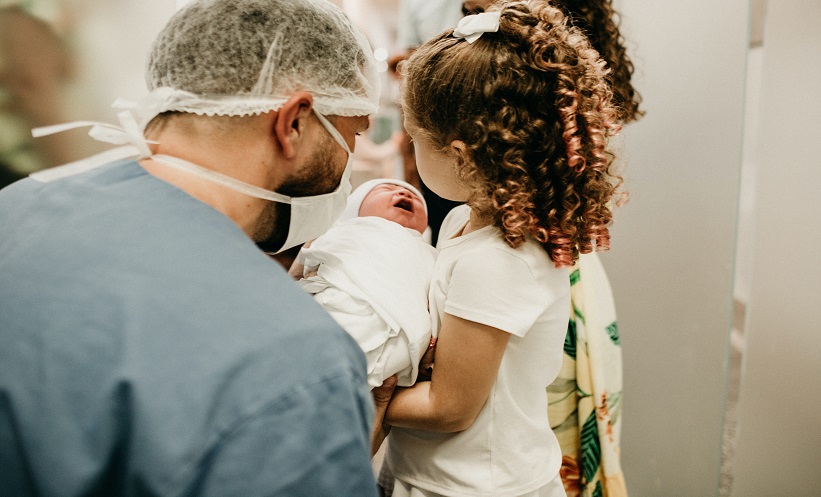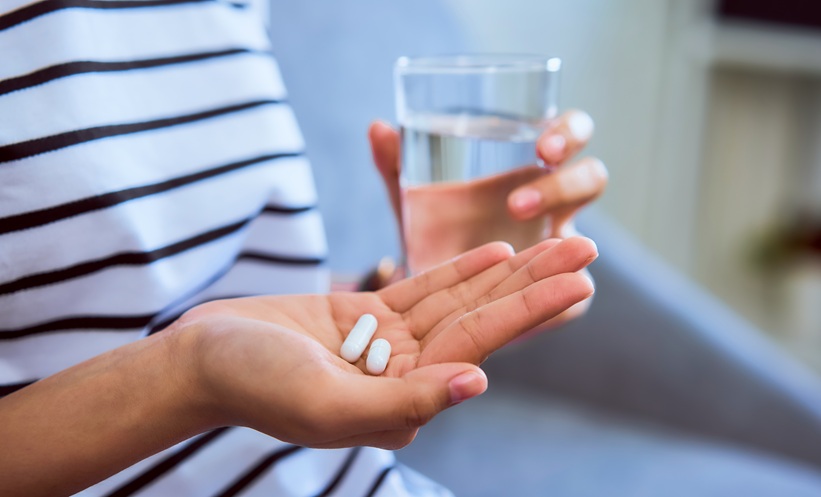BY MINIMISING complications and improving safety profiles, 3D imaging allows evaluation of a transplant recipient’s clinical factors and design of any corresponding surgical techniques. A study spanning 15 years has shared interesting insights into this personalisation of treatment in paediatric liver transplantation.
3D imaging is now standardised practice in pre-transplant planning, but this study in Taiwan has now provided, according to the authors, “the first 3D model to combine the information of the donor and recipient in one 3D-rendered image that helps the surgeon determine the orientation of portal vein and hepatic vein anastomoses and predict the possibility of abdominal wall closure with or without graft reduction.” The investigation uncovered that using pre-operative 3D planning resulted in lower risk of post-operative complications in paediatric transplant patients receiving larger grafts.
30 children were included in the study, weighing under 10 kg, and enrolled between November 2004 and July 2021. The 3D era under consideration began in November 2017. Participants were grouped into three categories: graft-to-recipient weight ratio (GRWR) ≥4% before the 3D era (conventional group; n=9); GRWR ≥4% during the 3D era (3D group; n=8); and GRWR <4% (control; n=13). The patients in the 3D group had a younger median age of 6.5 months, compared with the average of 8–9 months, and also the lowest median bodyweight at 4.8 kg. All of the patients in this 3D group received a left lateral segment transplant. Overall, 16 patients experienced vascular or biliary complications; one in the 3D group, six in the conventional group, and nine from the control. Most common complications involved portal vein problems, such as stenosis (n=4), thrombus (n=1), and delayed thrombus (n=2). Two patients in the control group had delayed hepatic stenosis and one had hepatic artery thrombus. Meanwhile, in the conventional group two patients experienced non-significant bile leaks. Five of the control group also had delayed biliary anastomosis strictures, but none of the 3D group experienced biliary complications. Within 4 years of follow-up, three patients unfortunately died; two from the conventional subgroup and one in the 3D group.
No significant differences were observed for graft and patient survival at 4 years (89–100% and 78–100%, respectively). Setting out to produce “a 3D image model to simulate the liver graft in the recipient’s abdominal cavity that mitigated the surgical uncertainty,” Dr Chinsu Liu, Taipei Veterans General Hospital, Taiwan, who led the research, reported that children receiving livers that were large-for-size (GRWR ≥4%) had a lower risk of complications in the 3D era, compared with those receiving large grafts in the pre-3D era, and a control group of size-matched organs (OR: 0.06; 95% CI: 0.006-0.700; p=0.025). In an area where a main concern is the potential of a size-mismatch in the left lateral segment, Liu and his team were able to conclude: “Advanced preoperative 3D planning could comprehensively evaluate the recipient’s clinical factors and design the corresponding surgical technique to minimise postoperative complications and increase the safety of large-for-size grafts in paediatric living donor liver transplantation.” Dr Koji Hashimoto, Director of Pediatric Liver Transplantation at the Cleveland Clinic, Ohio, commented on the study, noting that the use of 3D images allows clinicians to “see the exact size of the graft.”
The authors did acknowledge a limitation to their study: the 3D model was developed in 2019, and may have played a significant role in lowering post-operative complications, meaning certain patients in the 3D group were not evaluated by the same process. They labelled this the ‘era effect’.








